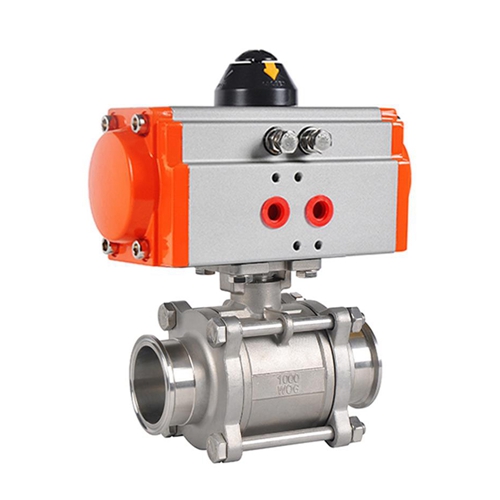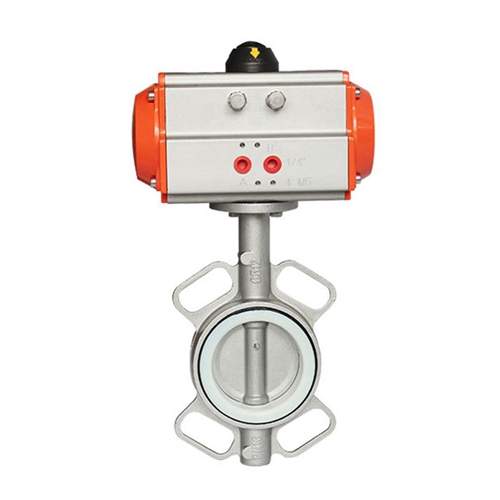The double-acting pneumatic actuators are used in industrial applications to control the motion of valves, and other mechanical systems. However, like any machine, they can come across a number of problems. Here are ten common difficulties with double-acting pneumatic actuators:
Air Leakage
Cause: Damaged seals, loose connections or worn out components.
Impact: Reduced efficiency and slow response time of the actuator hence leading to poor system control.
Solution: Replace worn-out seals, tighten joints and perform regular checks on maintenance.
Insufficient Air Supply
Cause: Blocked air lines, compressor issues or loss of pressure within the system.
Impact: Incomplete or erratic movement may result when an actuator does not operate at full stroke.
Solution: Have proper air supply; check for passages that are blocked and make sure both your compressor and air distribution system is maintained.
Sluggish Operation
Cause: Contaminated air supply, no lubrication or mechanical wear-out.
Impact: The timing and accuracy of the system can be affected since its response is slow or delayed.
Solution: Clean dry air should be used; right application lubrication should be done while checking parts for wear-outs inside.
Overheating
Cause: Excessive cycling, inadequate lubrication or friction in the actuator itself .
Impact: Binding due to thermal expansion as well as less efficient action; these will lead to seal damages amongst others.
Solution: Observe working conditions and cut down on cycling frequency plus ensuring that there is enough lubricant as required therein.

Sticking or Jamming
Cause: Internal corrosion, dirt/debris/piston damage by broken seals.
Impact; There may not be any movement from the actuator at all resulting into failure of such a system for instance ,jams do not allow for ease of movement.
Solution: Regularity in cleaning, sealing damage and use of anti-corrosive substances where necessary.
Excessive Noise
Cause; Loose parts, incorrect mounting as well as airflow turbulence inside the actuator unit.
Impact: This noise could be indicative of mechanical issues which may further worsen if not checked in time.
Solution: Tightening up connections, checking how it has been mounted and confirming that it is properly aligned to the system 7 Oscillation or Hunting Cause; Inadequate control signals, poor tuning of the control system and worn out parts.
Impact: Unstable operation resulting into inefficiency plus chances of damaging this actuator including other systems connected thereto.
Solution: Control adjustments must be made, the entire system calibrated while its replaced some old sections with new ones respectively.

Seal Wear or Failure
Cause; High cycle rates, wrong choice of materials or adverse operating conditions.
Impact: The actuator may leak air resulting in a decrease in its performance over time leading to eventual failure.
Solution: Use seals suitable for the environment and carry out regular inspections as well as planned replacement activities if need be at all times concerning them.
Corrosion
Cause: Harsh environments such as high humidity levels exposed to chemicals/salt water ,etc.,
Impact: Enabling corrosion weaken actuator body components hence leading into leakages besides mechanical break-downs.
Solution: Ensure materials that are resistant to rusting are used on them while also keeping an eye for corrodible marks on them.
Incorrect Sizing or Selection
Cause; Wrong type / application size mismatched product.
Impact: Results in low output qualities such as weak forces, slow speeds or short strokes leading to inefficiencies and failures
Solution- Design phase should observe proper sizing & selection features considering all operational parameters
Conclusion
A good approach is to prevent most of these problems through preventive maintenance, proper selection and regular checking. The durability and reliability of a double acting pneumatic actuator in any industry can be improved by addressing such matters early enough.

PDF Get-a-Product Catalogue